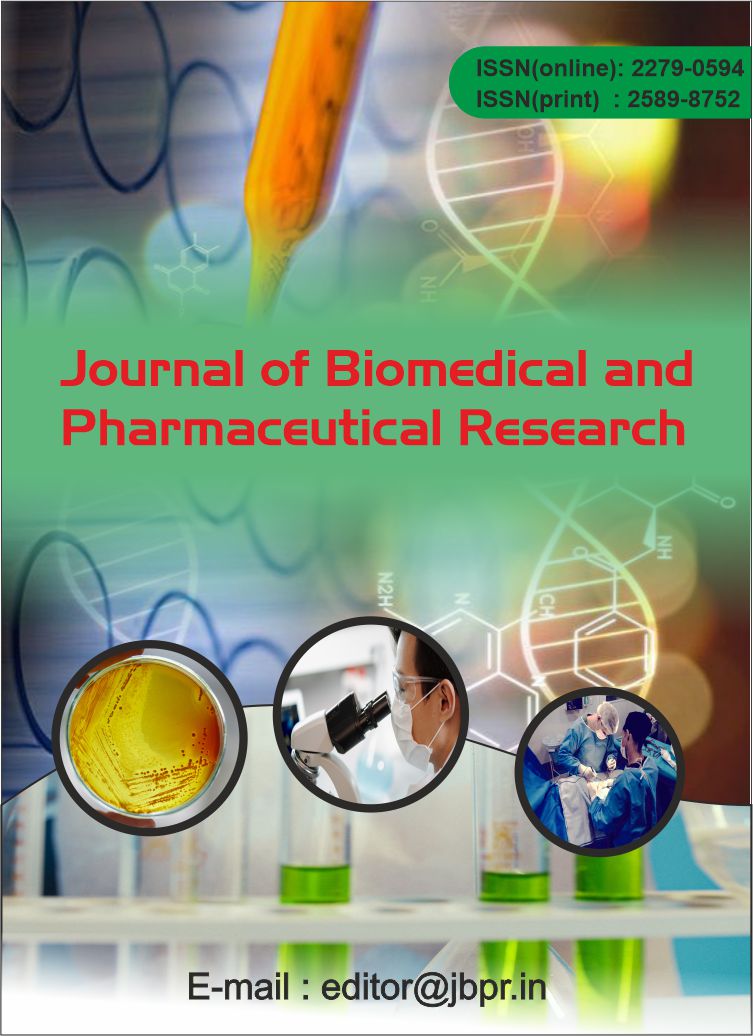PREVALENCE AND ANTIMICROBIAL SUSCEPTIBILITY PATTERN OF BACTERIA CAUSING POSTOPERATIVE WOUND INFECTIONS IN PORT-SUDAN
Abstract
Background Postoperative nosocomial infections remain a major problem in health care facilities, If not prevented it will lead to an extended length of stay, high excess of cost and high morbidity and mortality.
Aim: The aim of this study was to determine the prevalence of aerobic and anaerobic nosocomial bacteria among patients with postoperative wound infections and their antimicrobial susceptibility pattern.
Method: This is a cross sectional study, 112 wound swabs were collected from patients who had developed postoperative wound infection. Conventional microbiological techniques were used for isolation and identification of bacteria. Antimicrobial susceptibility testing was performed to all pathogenic isolates using Kirby-Bauer disc diffusion method according to the CLSI guidelines 2009.
The Results: The isolated bacteria were Staphylococcus aureus 19.6%, Pseudomonas aeroginosa 16.1%, Escherichia coli 15.2%, Klebsiella pneumoniae 9.8%, Proteus mirabilis 5.4%, and Enterococcus faecalis 2.7%.
Conclusion: Highest prevalence rate of nosocomial postoperative wound infections in this study may be due to poor antibiotic selection for prophylaxis during and after surgery and increased level of contamination in most parts of the hospitals.
Keywords: Antibiotics, Bacteria, Nosocomial, Postoperative, Sudan, Surgery, Wound infection
![]() Journal of Biomedical and Pharmaceutical Research by Articles is licensed under a Creative Commons Attribution 4.0 International License.
Journal of Biomedical and Pharmaceutical Research by Articles is licensed under a Creative Commons Attribution 4.0 International License.





